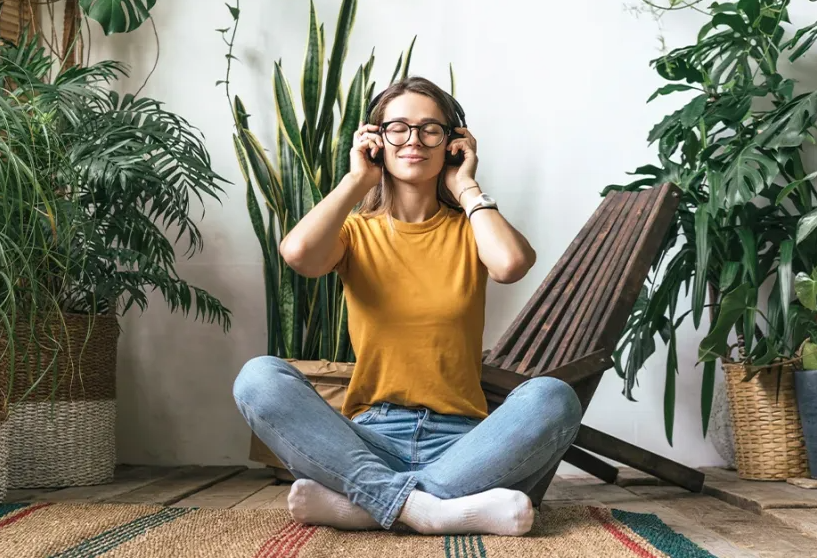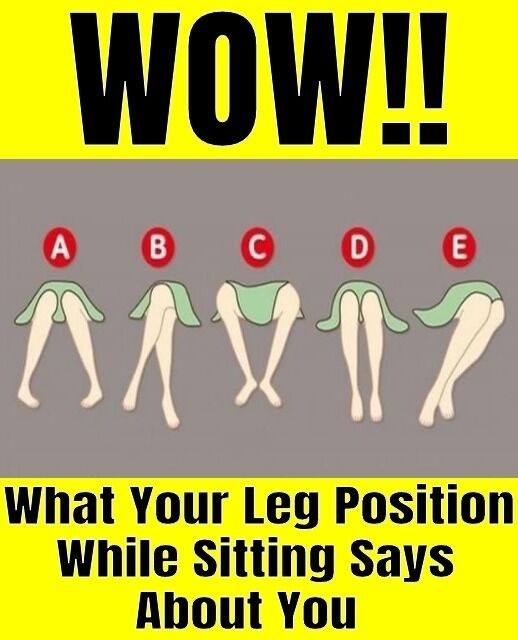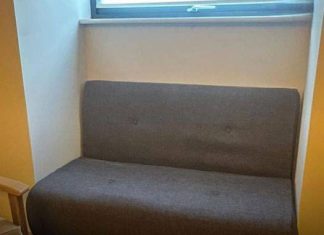Body language serves as a silent communicator, often revealing underlying emotions, attitudes, and personality traits. One subtle yet telling aspect of body language is the position of one’s legs while seated. Various sitting postures can offer insights into an individual’s comfort level, openness, confidence, and even cultural background.
1. The Figure-Four Cross
This posture involves placing one ankle over the opposite knee, forming a shape reminiscent of the number four. Commonly observed among men, especially in Western cultures, this position can convey several messages:

- Dominance and Confidence: Sitting in this manner often indicates a sense of self-assuredness and control. The open posture displays a readiness to engage and a lack of defensiveness.
- Competitiveness: The figure-four position can also suggest a competitive or argumentative attitude, as the exposed position may signal a willingness to confront or challenge.
- Cultural Variations: It’s important to note that in certain cultures, displaying the sole of the shoe, as this position does, is considered disrespectful. Therefore, context and cultural awareness are crucial when interpreting this posture.
2. Legs Crossed at the Knees
Crossing legs at the knees is a common sitting posture that can convey different meanings based on context:
- Comfort and Relaxation: Many individuals adopt this position when they feel at ease, indicating relaxation and comfort in the environment.
- Defensiveness or Withdrawal: In certain situations, especially during discussions or meetings, crossing legs can signal a degree of defensiveness or emotional withdrawal. The act creates a barrier, subtly indicating discomfort or disagreement.
3. Ankles Crossed
Sitting with ankles crossed, either while seated or standing, can reveal traits such as:
- Elegance and Poise: This posture is often associated with a refined demeanor, suggesting sophistication and self-control.
- Reserved Nature: Individuals who sit with their ankles crossed may exhibit a reserved personality, keeping their thoughts and feelings private.
- Composure: Maintaining this position can indicate an ability to stay calm and composed in various situations, reflecting inner confidence.
4. Legs Together, Feet Flat on the Floor
Sitting with legs parallel and feet flat on the ground is often interpreted as:
- Attentiveness: This posture suggests that the individual is engaged and attentive, ready to participate or listen actively.
- Professionalism: Common in formal settings, this position conveys respect and adherence to social norms, indicating a professional attitude.
5. Cross-Legged on the Floor
Sitting cross-legged on the floor, often referred to as the lotus position, can denote:
- Openness: This posture indicates a willingness to engage and be open, often associated with a relaxed and informal setting.
- Comfort with Informality: Choosing to sit in this manner can suggest that the individual is comfortable with a casual environment and is approachable.

6. One Leg Tucked Underneath
When an individual sits with one leg tucked under the other, it may reflect:
- Comfort Seeking: This position often indicates a desire for comfort and a relaxed state, suggesting the person feels at ease in their surroundings.
- Informality: Such a posture is typically adopted in informal settings, indicating a laid-back and approachable demeanor.
7. Legs Apart (Manspreading)
Sitting with legs spread apart, commonly referred to as “manspreading,” can convey:
- Dominance and Confidence: This posture takes up more space and can signal self-assurance and a dominant personality.
- Territorial Display: By occupying more space, the individual may be exhibiting a subconscious assertion of territory or status.
Conclusion
While these interpretations provide general insights into what various sitting positions might convey, it’s essential to consider the broader context, individual differences, and cultural norms when analyzing body language. A posture that signifies confidence in one culture may be interpreted differently in another. Therefore, while leg positions can offer clues about a person’s feelings or attitudes, they should be considered as part of a larger set of non-verbal cues to form a more accurate understanding of an individual’s state of mind.

















